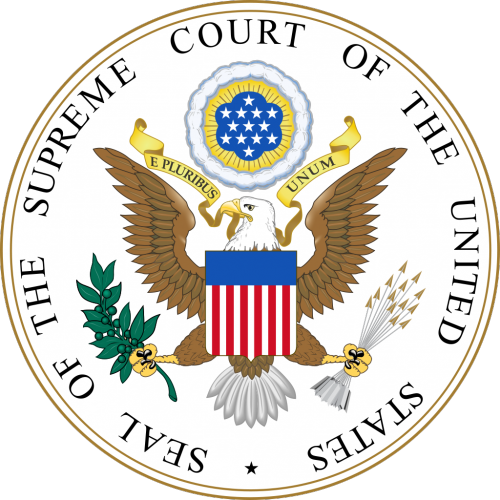What counts as a threat via social media, and what are the legal implications? The Supreme Court just made a ruling on this subject, deciding 8-1 that content alone is not sufficient evidence. Most accounts of this ruling frame it as “raising the bar” for a legal conviction of threatening behavior via social media. I argue instead that the bar has not been raised, but made less fixed, and rightly so.
At issue was an earlier conviction and jail sentence for Anthony Elonis, whose Facebook posts projected harm onto his ex-wife, an FBI agent, and school children.
Elonis was originally convicted under the logic that a “reasonable person” could interpret his Facebook posts true declarations of intent. The SCOTUS decision argues that the “reasonable person” criterion is not sufficient to convict someone. SCOTUS declares that the prosecution is burdened with showing evidence of the mental state of the accused, which suggests they do, in fact, intend harm upon the target of their message. SCOTUS does not, however, give guidelines on what that evidence includes.
Concretely, the SCOTUS decision sets a legal standard by which text itself is not enough. Juries must now debate about the meaning behind the text, and do so without set standards. While most media accounts interpret this ruling as raising the bar for conviction, it simply makes the bar more flexible and responsive.
Probably unintentionally, the SCOTUS decision is impressive in its implicit recognition of the structural features of Facebook that make a “reasonable person” criterion unfair, and empirical guidelines too restrictive. In particular, this decision seems to understand context collapse and relatedly, the nuanced and polysemic nature of public Facebook communications.
Context collapse refers to the blurring of network walls such that people from different parts of a person’s life come together to interact. Think of the uncomfortable task of seating guests at a wedding, or the experience of seeing your boss while out with friends at bar. On Facebook, people from many different networks come together in a shared social space. A single communication can mean very different things to these different people.
One of the most widely cited examples of communication strategies in light of context collapse is social stenography, composing texts that communicate a specific message to some readers, while obscuring the message from others. danah boyd writes about how teens post song lyrics to convey messages to friends, while concealing those messages from parents. That is, Facebook content cannot be taken on its own terms.
Of course, no communication can be taken entirely on its own terms. We often say things ironically, reference inside jokes, speak sincere but fleeting words in the heat of passion or anger etc. But on Facebook, these acts of communication have such a nebulous audience that to decipher their meaning from the perspective of a “reasonable person” is particularly inappropriate.
So coming back to the SCOTUS decision, it recognizes that the same content can hold multiple meanings, depending upon the “reasonable person” one asks. It further recognizes that setting concrete standards would mean predicting how all of those in a person’s network might read the piece of content, and if those readings converge with the writer’s intent. Meaning in this context is a moving target, and the open guidelines and dismissal of “reasonable person” criterion does not lower the bar, but allows that bar to move.
This becomes clear when we think of content with innocuous words and images, but potentially nefarious meaning. To give a light example, someone might write on the wall of friend “I’m going to give you a dutch oven.” Taken only as text, this indicates an intention to gift someone with a cooking vessel. Read differently, this could be a threat to trap the friend under covers with bodily gases. Though I can’t imagine a court case in which this particular threat would be at issue, it demonstrates that threats are not tied to configurations of words, but to who articulates those words, how they do so, and for whom those words are intended.
Communication is complicated, even more so in a multiply audienced environment. To recognize that readers cannot be approximated into a single “reasonable person,” and to maintain open standards, is to unfix—not raise or lower—the legal definition of threatening behavior.
Jenny Davis is on Twitter @Jenny_L_Davis

